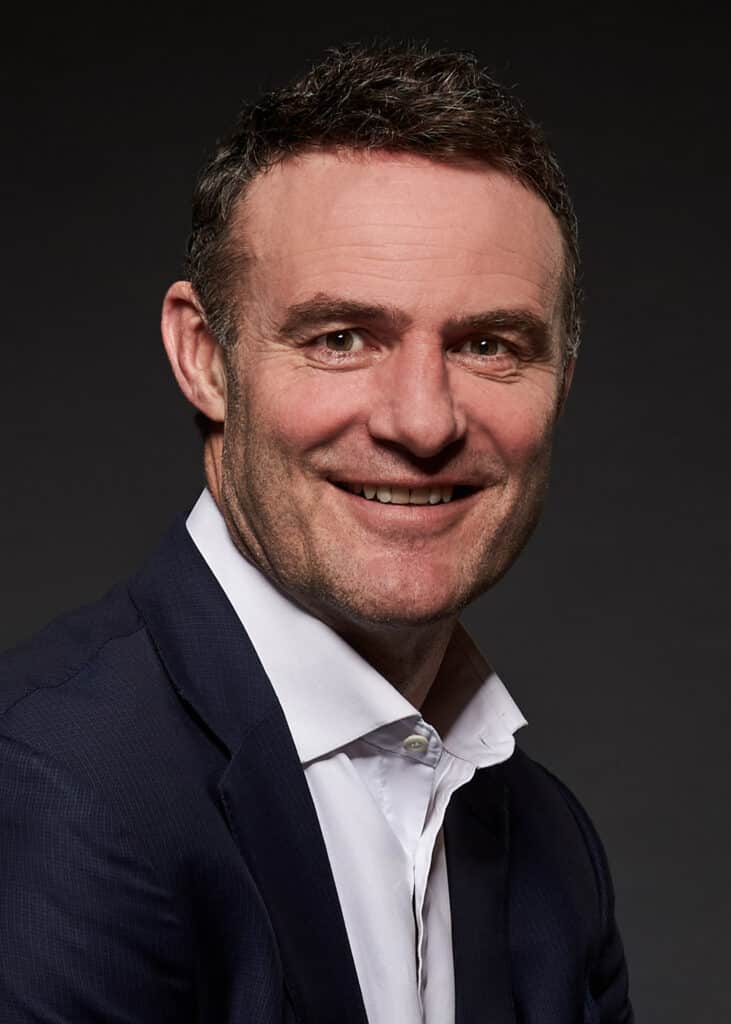Gary Paulin is Head of Global Strategic Solutions at Northern Trust Asset Servicing.

What were the key theme(s) for your business in 2022?
Volatility and correlated returns. From our clients’ perspective, the biggest trend this year was the near universal challenge of extreme volatility and high correlation in performance returns. Few managers we know have dealt with successive periods of -20% drawdowns in equities, and none have experienced negative returns for both equities and fixed income (something that’s only occurred four times in the past 100 years). This experience will impact how they think about their future, be that in terms of operating models and asset allocation.
Linked to this, a big theme for us this year was recognizing that our clients’ challenges don’t stop at cost but extend to performance and returns as well. For years Asset Servicers have focused principally on removing cost and complexity from their client operating models. But that is no longer enough. Asset Servicers now must go further, into new areas like the Front Office and move beyond data to dealing and decision making in order to offer holistic solutions to their whole office problems.
What trends are getting underway that people may not know about but will be important?
I think the one of the biggest trends will be asset managers looking to become even more capital-light by renting fixed-cost infrastructure from scale providers. This will provide greater margin resiliency in the face of asset volatility, more agility in the face of change, greater resiliency and, of course, improved scale economics. Outsourcing, in other words, will accelerate to where the fund manager retains the core intellectual property (decision making) and all post-decision functions are outsourced. If that sounds like the software sector – trust your instincts! Much the way fintechs retain their IP (developers, designers) and outsource all the rest to a mega-provider like one of the major cloud services, financial firms want to do the same.
For Asset Owners, the big trend will be further questioning of where they can find uncorrelated returns, forcing some to look at their balance sheet as an asset class. Given the size of the numerator, the balance sheets of many allocators could be a significant, and largely untapped, source of alpha.



